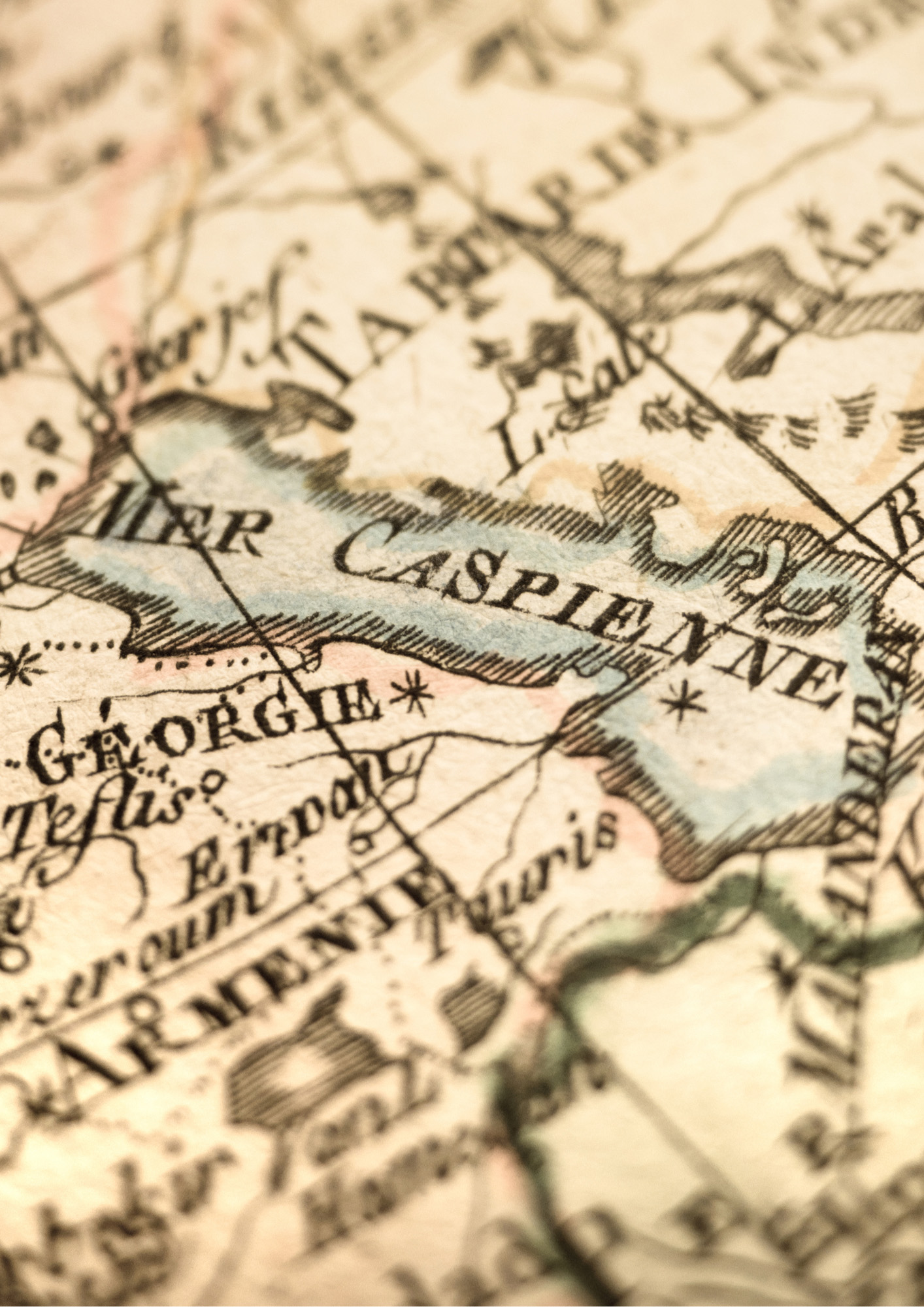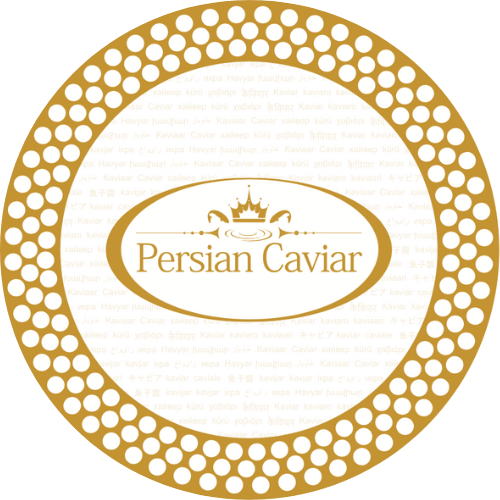History
In the ancient Persian empire, caviar was valued not only for its taste but also for its alleged healing properties. They called it “خاويار” which means as much as “lump of energy”. This deep appreciation for sturgeon roe shows how food is often more than just nutrition; it is a part of culture and history.
While the ancient Greeks considered it a delicacy, it was the Russian Tsars who really made their mark on the history of caviar. Tsar Nicholas II’s immense consumption of caviar attests to the wealth and excess of the Russian imperial court. The contrast with the Western world, where caviar was much more accessible and cheaper at the time, is remarkable.
Price fluctuations in Paris and the United States in the late 19th and early 20th centuries reflect changing times and economic conditions. Still, it is fascinating that in American cafes caviar was offered as a simple accompaniment to beer. This demonstrates how widespread and affordable it once was.
The Contemporary Experience of a Timeless Delicacy
Today, the process of eating caviar is almost ceremonial. Opening the tin, carefully scooping up the delicate eggs and pairing them with drinks such as vodka and wine is an experience in itself. This ritual is a tribute to the rich history and tradition of caviar consumption.
Moreover, the interplay between caviar and beverages such as vodka and wine has its own particularity. The vodka, known for its purifying and neutralizing properties, prepares the palate for the subtle nuances of the caviar. The interplay between the two is not only gastronomic, but also historically and culturally significant.
It is incredible how these tiny eggs, over the centuries, have gathered so many stories, traditions and experiences. From medicinal uses in ancient Persia to decadent feasts in Russia to everyday treats in American bars, caviar has truly taken the world by storm and remains a symbol of luxury and sophistication.


